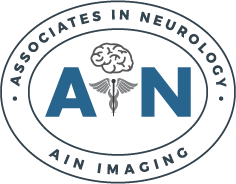
Cerebral palsy, or CP, is a group of conditions that affect movement, posture, and muscle coordination. While there is no cure for CP, proper treatment and therapy can help a child achieve their full potential. As a parent, navigating the different types of treatments and therapies can be overwhelming.
Let’s learn more about cerebral palsy treatment and therapy and where you can go for this treatment in Southeast Michigan.
Cerebral Palsy: Definition, Causes, and Prevention
Cerebral palsy is a neurological disorder caused by brain damage that occurs before or during birth or within the first few months after birth.It is estimated that approximately 17 million people worldwide live with CP, making it one of the most common childhood disabilities.
What is Cerebral Palsy?
Cerebral Palsy is a neurological disorder that impairs muscle coordination and control. It occurs as a result of damage to the brain during pregnancy, birth, or the early years of life. The severity of disability ranges from mild to severe and can impact movement, posture, and muscle tone.
Causes of Cerebral Palsy
CP can be caused by different factors, including brain damage caused by infections, lack of oxygen during childbirth, head injuries, infections during pregnancy, and genetic mutations. However, in most cases, the exact cause of the damage to the brain that results in CP is unclear.
Preventing Cerebral Palsy
CP cannot be entirely prevented, but there are things pregnant women can do to reduce the risk of brain damage to an unborn child. For instance, they can avoid exposure to alcohol, illicit drugs, and cigarette smoke during pregnancy. Health care providers can also identify women with high-risk pregnancies and tailor care plans that minimize the risk of brain damage to their unborn child.
Cerebral Palsy Treatment
Currently, there’s no known cure for CP, but children with the condition can still lead fulfilling lives with proper care and treatment. Supportive care, physiotherapy, and early treatment can help improve muscle tone, reduce spasticity (muscle tightness), promote mobility, and prevent or reduce the risk of complications resulting from the condition. Parents of children with CP can also participate in therapy sessions, which can help improve the child’s quality of life.
Early Intervention
Early intervention is crucial in the treatment of cerebral palsy. As soon as a child is diagnosed with CP, it is recommended to begin therapy immediately for the best prognosis. Early intervention can start as early as 3-6 months old and include physical, occupational, and speech therapy. These therapies focus on developing skills such as sitting, walking, feeding, and communicating.
Medications
Some children with CP may need medication to help manage their symptoms. Medications such as relaxants for muscle tightness or anticonvulsants may be prescribed to help reduce spasticity or prevent seizures. It is important to speak with your child’s healthcare provider about the potential benefits and risks of medication.
Surgery
In some cases, surgery may be necessary to improve mobility or reduce contractures. Surgery can be used to lengthen tight muscles or tendons, correct bone deformities, or reduce spasticity. Surgery is not always necessary, but if recommended, it is important to speak with your child’s healthcare provider about the potential benefits and risks.
Assistive Devices
Assistive devices such as braces, splints, or wheelchairs can help improve mobility and independence in children with CP. These devices can help with standing, walking, and sitting. They can also help prevent complications associated with immobility, such as pressure sores.
Alternative Therapies
Alternative therapies, such as hippotherapy or acupuncture, have recently gained popularity in treating CP symptoms. While these therapies are not proven effective, some parents have reported improvements in their child’s symptoms. It is important to speak with your child’s healthcare provider before starting any alternative therapies.
Managing Finances to Pay for Cerebral Palsy Treatment
CP can affect individuals differently; some may require costly treatments to improve their quality of life. However, managing finances can be difficult, especially for families already dealing with various medical bills and procedures. Here’s a guide for managing finances to pay for cerebral palsy treatment expenses.
Start with Your Insurance
Before anything else, contact your insurance company or your child’s insurance provider. This will help you get clarity on which expenses are covered under your insurance plan. You might want to check on what is covered by your insurance plan during standard treatment or specialized treatment for your child’s cerebral palsy condition. Find out how much you’ll have to pay out-of-pocket for the uncovered expenses, which will lead you to your next step.
Explore Medical Assistance Programs
You might be surprised that some states offer medical assistance programs for disabled children with cerebral palsy that cover services beyond what insurance normally covers, such as therapies like physical, occupational, and speech therapy and durable medical equipment. Each state has different programs, so visit your state agency to learn more about your state-specific options.
Cerebral Palsy Treatment in Southeast Michigan
The board-certified neurologists at Associates in Neurology provide compassionate care to patients with cerebral palsy. We work with the entire family and their caregivers, as well, to ensure they receive comprehensive treatment. Allow us to be your highly skilled neurology care providers, as we are among the best in Southeast Michigan. We have locations in Farmington Hills, Novi, Southfield, Howell, and Brighton.
To schedule an appointment, call our office today at (248) 478-5512 or use our convenient online request form.


